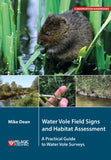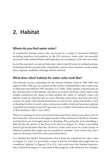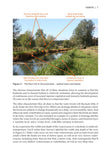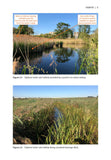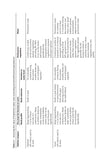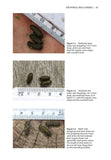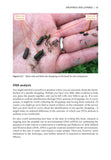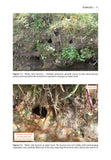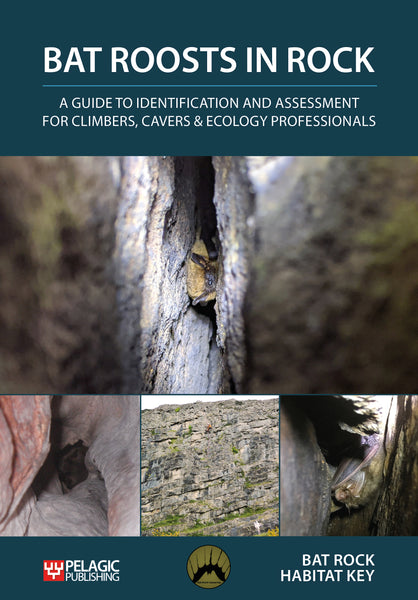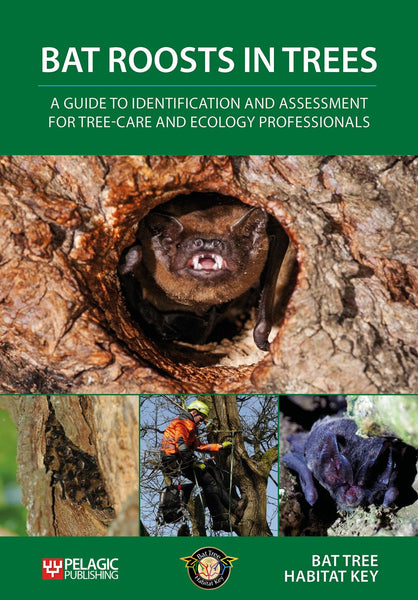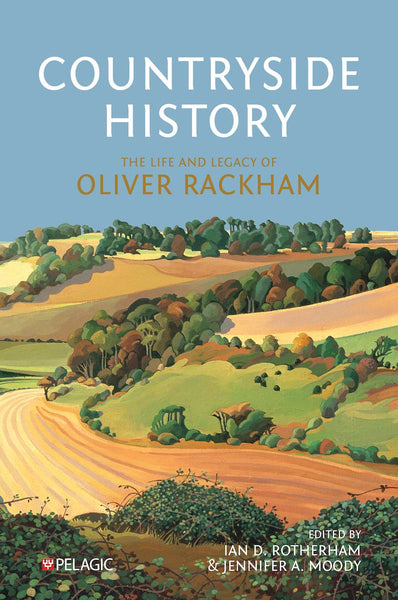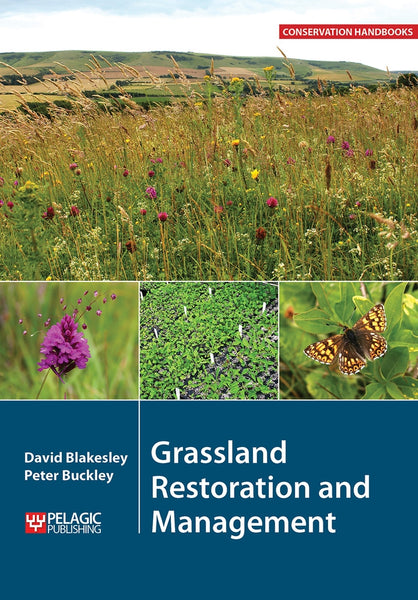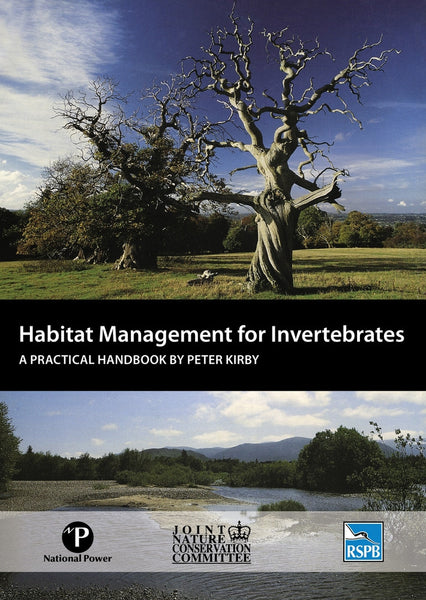
Water Vole Field Signs and Habitat Assessment
A Practical Guide to Water Vole Surveys
- Detailed descriptions of water vole habitats.
- Annotated photographic reference guide.
- Tips on searching for field signs.
- This is a good, competent and thorough book. As field sign identification declines very widely in quality as an essential biological skill, Mike's timely work will help those who wish to work on behalf of the water vole to make decisions or develop understandings that are based on real knowledge rather than myth.
—Derek Gow, author of Bringing Back the Beaver
- aquatic ecology
- conservation
- ecology
- habitat management
- mammals
- survey
- zoology
Description
An essential guide to assist those surveying for water voles, whether as a professional ecological consultant, a researcher or simply an interested amateur. This book provides detailed descriptions of all the habitats used by water voles, including ideal habitats as well as less typical places, with annotated photos to help the surveyor home in on just the right areas to look. It also contains a comprehensive photographic reference guide to assist in the correct identification of water vole field signs, and explains how to distinguish them from those of similar species. Tips on where and how to search for field signs are also provided, along with guidance on how best to record survey data.
DOI: https://doi.org/10.53061/ZLGK3564
Table of Contents
Acknowledgements
1. Introduction
A bit of background
Personal experience
Legal protection in the UK
Competence
2. Habitat
Where do you find water voles?
What does ‘ideal’ habitat for water voles look like?
Habitat requirements
Dry areas for burrows or above-ground nests
Herbaceous vegetation as food and cover
Water
How to assess likely value of habitat
Water voles in terrestrial habitat
3. What does a water vole look like?
4. Looking for field signs
Different field signs
When to search
Where to search
How to search
Other factors to consider
Health, safety and biosecurity
5. Droppings and latrines
Characteristics of water vole droppings
Latrines
How many droppings constitute a latrine?
What can latrines tell us?
Terrestrial, or fossorial, water voles
Rat droppings
Field vole and bank vole droppings
DNA analysis
6. Feeding remains
7. Burrows
Characteristics of ‘active’ water vole burrows
Burrows of similar species
Detailed examination of burrows
8. Nests
9. Other field signs
Footprints
Runs through the vegetation
10. Other species
Droppings
Footprints
11. Recording the information
What information needs to be recorded?
How to record the information
What happens next?
Bibliography
Index
Reviews
- This is a good, competent and thorough book. As field sign identification declines very widely in quality as an essential biological skill, Mike's timely work will help those who wish to work on behalf of the water vole to make decisions or develop understandings that are based on real knowledge rather than myth.
—Derek Gow, author of Bringing Back the Beaver - This book contains everything I wish I'd known when I first started working with water voles! It fills a niche that none of the other current guidance on field sign surveys and habitat assessment does, which I think will be invaluable to ecologists new to water voles, or ecologists surveying water vole in less optimal habitat.
—Robyn Stewart, fossorial water vole specialist - The book is very much my type of book and it will make a great reference addition to my office bookshelf. All too often in my opinion, photographs get a back seat in ecology related literature... nothing beats a book that the field-based individual such as me can relate to.
—Simon Booth, photographer and professional ecologist
About the Author
Mike Dean has worked as an ecological consultant since 1997, with roles in varying size consultancies from the very small (one or two staff members) to the very large multi-disciplinary consultancy, and a few in between. He has undertaken ecological surveys and produced ecological reports of all different types and sizes. In 2013 he joined the Chartered Institute of Ecology and Environmental Management’s (CIEEM) Professional Standards Committee, tasked with producing guidelines on, amongst other things, ecological report writing. He has been delivering training on report writing for CIEEM since 2015.Bibliographic Information
 112 pages
112 pages - 91 colour illustrations, 1 b/w drawing
- BISAC SCI070030, NAT019000, SCI020000
- BIC PSVW7, WNCF, RNKH






